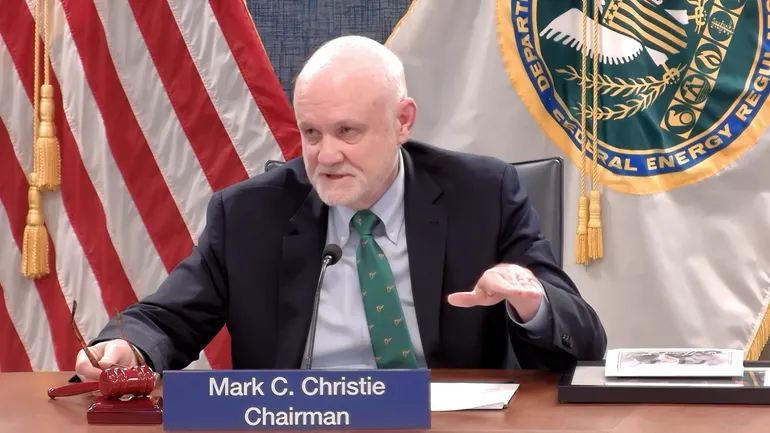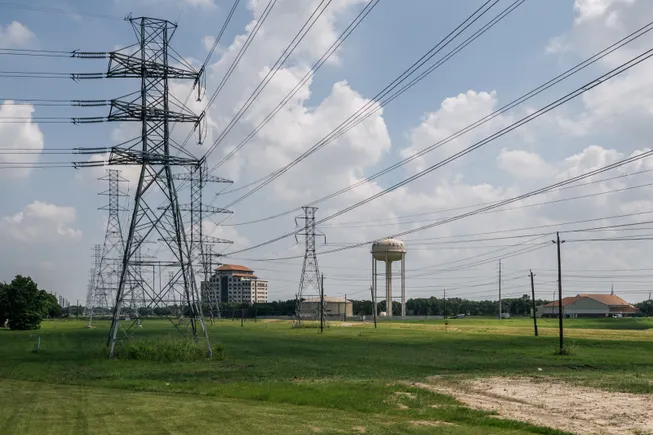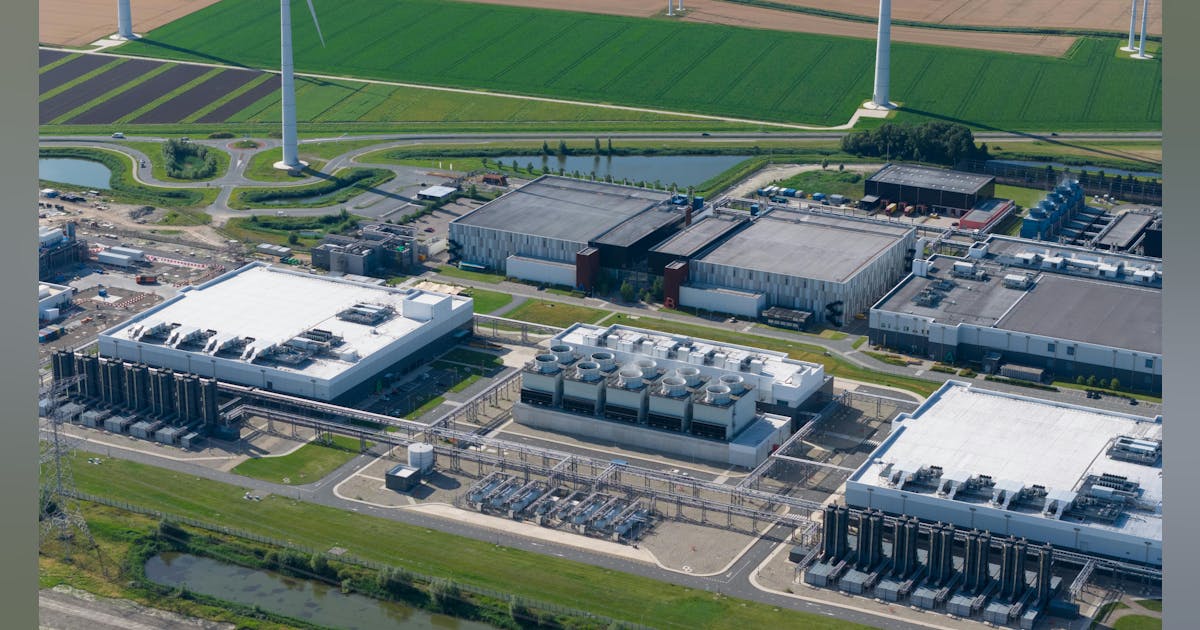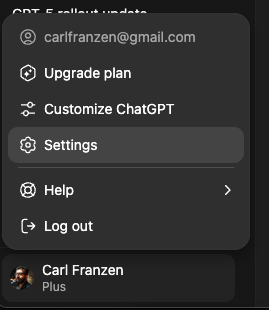
Mark Christie, Federal Energy Regulatory Commission chairman, stepped down from his position at the agency on Friday, leaving it with three sitting commissioners.
“I am not retiring but looking forward to whatever comes next,” Christie said on X. “As I said to staff and colleagues when I left the Virginia [State Corporation Commission], ‘Good luck and I’ll see you on the trail ahead.’”
After being nominated by President Donald Trump, Christie, a Republican, joined FERC in January 2021. Trump named him chairman four years later, but decided against tapping him for a second five-year term. Before joining FERC, Christie was a member of the Virginia SCC for nearly 17 years.
While at FERC, Christie warned the United States was heading towards a grid reliability crisis, partly driven by retiring power plants. He also sought to trim the financial incentives FERC offers companies that build transmission lines and he was a capacity market skeptic.
The White House intends to name FERC Commissioner David Rosner, a Democrat, as interim chairman, according to Axios and E&E News. The agency’s two other commissioners are Lindsay See, a Republican, and Judy Chang, a Democrat.
Rosner received an unusually high level of support from Republicans during his Senate confirmation process, according to Devin Hartman, director of energy and environmental policy at the R Street Institute, a free market-oriented think tank.
“It is hard to know the specific rationale for this decision, which of course raised some eyebrows, because rarely have we seen President Trump pass the baton of an agency to a Democrat,” Hartman said Monday. “It’s at least in part a sign of their confidence in Rosner as the interim chair, and it makes it even more clear that the administration is thinking that their permanent chair is not yet appointed to FERC.”
Former FERC Chairman Neil Chatterjee said the decision to select Rosner instead of See as interim chairman could be related to the issue of colocating data centers at power plants.
“Theory – the [White House] is doubling down on data center co-location and is looking to seat a [FERC] majority that will support a framework moving forward,” Chatterjee said Friday on X.
In a 2-1 vote in November, See joined Christie in voting against an amended interconnection service agreement that would have facilitated expanded power sales to a co-located Amazon data center from the Susquehanna nuclear power plant in Pennsylvania that is majority-owned by Talen Energy. Rosner and Chang didn’t participate in the case. FERC is considering colocation policy options for the PJM Interconnection.
With three commissioners, FERC has a quorum needed to issue orders. However, the remaining commissioners may have conflicts from their previous work that could keep them from participating in certain cases, which would prevent votes on them until at least one of the agency’s two empty seats are filled.
President Donald Trump named Laura Swett, an energy attorney and former FERC staffer, and David LaCerte, an official with the U.S. Office of Personnel Management, to fill the empty seats. The nominations must be cleared by the Senate Energy and Natural Resources Committee and the full Senate, a process that may not be completed until late this year.





















